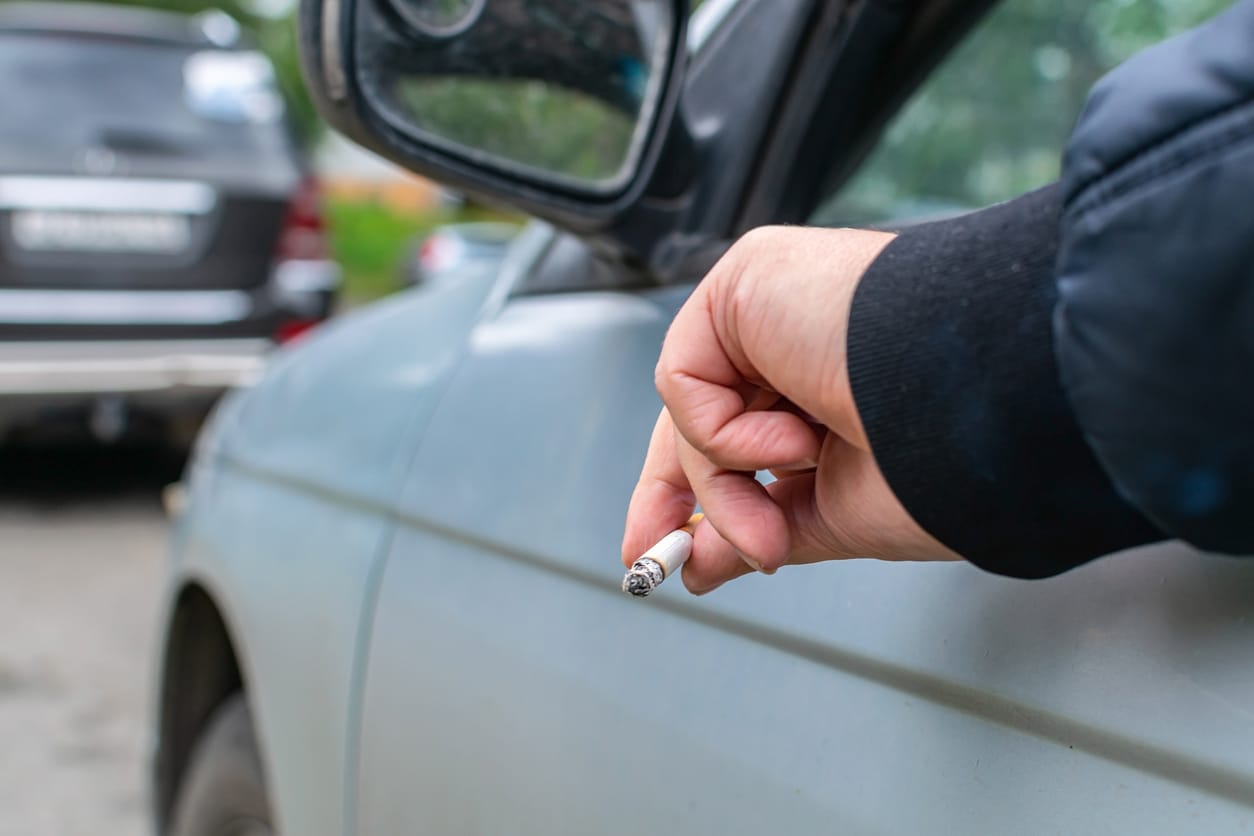
Cannabis sativa L., a species within the Cannabis L. genus, is popularly known as marijuana and distinguishes itself from its industrial counterpart through significant levels of delta-9-tetrahydrocannabinol (THC), the compound responsible for its psychoactive effects. In addition to THC, the cannabis plant comprises non-psychoactive cannabinoids like cannabidiol (CBD).
The utilization of cannabis traces back several millennia, primarily for medicinal applications. Officially recognized in the United States Pharmacopoeia in 1850, it was acknowledged for its medicinal properties. The legal journey of cannabis began with the Marihuana Tax Act of 1937, leading to its stringent regulation under the Controlled Substances Act of 1970. This act categorizes it as a Schedule I substance, indicating no accepted medical use, a high abuse potential, and a lack of safety under medical supervision. Despite federal restrictions, California pioneered legalizing medical marijuana in 1996, a movement that has since seen a significant number of states enacting similar legislation.
THC’s psychoactive effects lead to diverse experiences, including euphoria and relaxation, yet may also result in adverse effects such as temporary psychosis in some individuals. Consumption methods of cannabis range from inhalation to edibles, each affecting the onset and duration of impairment differently. While the potency of THC in these products varies greatly, a common trend of increasing strength over time has been observed.
The influence of marijuana significantly affects cognitive and motor skills, crucial for safe driving. While some evidence suggests a form of “compensatory defensive” driving among users, the overall consensus points to an increased risk of accidents. Studies differ on the exact risk increase, but the correlation between marijuana impairment and traffic incidents is well-established.
Unlike alcohol, where blood alcohol concentration provides a relatively reliable measure of impairment, THC does not offer a straightforward correlation. THC’s persistence in the body, combined with varying effects based on consumption method and individual tolerance, complicates the ability to set a universal impairment threshold. This complexity is reflected in the diverse approaches states take, from “per se” limits to behavioral assessments, to address marijuana-impaired driving.
States have adopted various strategies, ranging from THC concentration limits to behavioral evaluations, to tackle impaired driving. However, the lack of a reliable and quick roadside test equivalent to alcohol’s breathalyzer presents ongoing challenges. The evolving legal landscape around marijuana use also implicates personal and commercial auto insurance policies, especially as legalization may correlate with increased rates of impaired driving incidents.